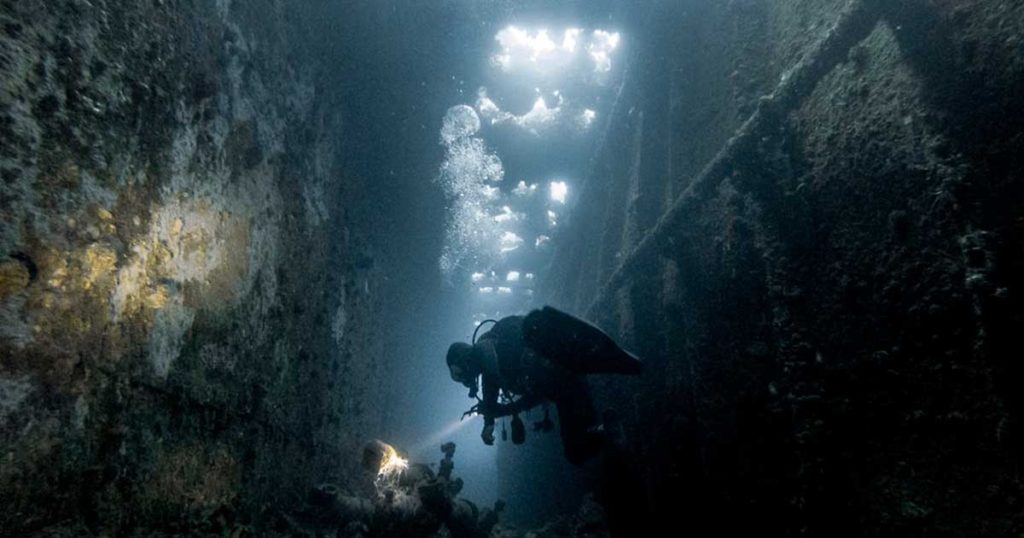What is Technical Diving?
Many divers assume they know what technical diving is and they mostly get it right. But not entirely. Still others understand the basics of what tech diving is but would like to know more. Answering these questions is what we will cover here.
What technical diving isn’t
Some people assume that when you see divers using doubles, sidemount or closed-circuit rebreathers (CCRs), they must be tech diving. This may be true most of the time but not all the time.
- Divers in doubles, sidemount or CCRs are not making technical dives if they stay within the recommended sport diving limits.
- There are several CCRs designed primarily for use by sport divers who simply want more bottom time.
- Many disabled divers rely on sidemount as it doesn’t require them to wear tanks on their backs out of the water.
The real definition of what makes a technical dive goes well beyond the equipment used.
Tech diving defined
A tech dive is any one in which divers exceed sport diving limits. This includes:
- Any dive deeper than 130 feet.
- Any dive in which divers plan for stage decompression.
- Any dive in which divers use two or more different breathing mixtures.
- Any overhead-environment dive in which divers are more than 200 feet from breathable air at the surface.
- Any overhead-environment dive in which divers cannot clearly see an exit illuminated by daylight.
But tech diving is also recreational
Many people, including some diver training organizations, use the term recreational diving to describe any non-commercial and non-military dive that does not meet the criteria for technical diving. This is not accurate.
Technical diving is just another form of recreational diving. Why? Because divers do it for fun and they don’t get paid for it.
TDI uses the term sport diving to describe any recreational dive that does not meet the criteria for technical diving. They avoid any implication that tech dives are not recreational dives. Doing so helps tech divers avoid government regulation in many parts of the world.
Popular tech diving activities
Tech diving is not a single activity but rather a wide range of activities. For example:
- Most intact or nearly-intact wrecks lie in water deeper than 130 feet. Wrecks in shallower water are generally artificial reefs or have been broken up to avoid being hazards to navigation. This means to see many larger, more pristine wrecks, you must go deep.
- Some divers will make deeper dives simply to see what’s down there. The appearance of many Caribbean walls changes once you exceed 130 feet. There are lakes, rivers and quarries that divers cannot fully explore unless able to go deep.
- Cave diving is a highly specialized form of technical diving. It involves managing risks and hazards that go beyond those normally associated with technical diving. And, in so doing, divers must master additional knowledge and skills.
Getting started in technical diving
If you think tech diving is something that might interest you, there is a good place to start. It’s the Intro to Tech course. In it, you will master much of the fundamental knowledge and skills common to all technical diving.
- Understandably, many divers are reluctant to take the plunge into tech diving because they assume doing so will require an investment in expensive equipment.
- This is why we supply students in our Intro to Tech courses with backmounted doubles and the specialized harness, backplate, wing and regulator system that goes with it.
- This way, should one of our Intro to Tech students decide tech diving is not for them, they will not be out several hundred dollars.
You can learn more about Intro to Tech and the other technical courses we offer either on our website or by calling or visiting the store. — © 2021 • Sinulogic LLC


